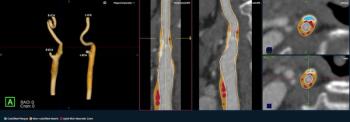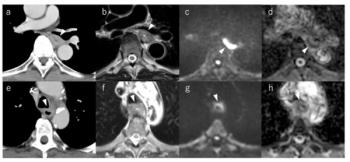
NYU plans first annual Dual-Energy CT Symposium
NYU will hold its first annual Dual-Energy CT Symposium Oct. 9-10 in New York City. The program is designed for radiologists who have or are considering acquiring a dual-energy scanner, research scientists who are looking to understand current uses of dual-energy CT to stimulate development of translational research projects, and technologists who need a basis in dual-energy terminology and concepts.
NYU will hold its first annual Dual-Energy CT Symposium Oct. 9-10 in New York City. The program is designed for radiologists who have or are considering acquiring a dual-energy scanner, research scientists who are looking to understand current uses of dual-energy CT to stimulate development of translational research projects, and technologists who need a basis in dual-energy terminology and concepts.
Dual-energy CT (DECT) acquisition provides the radiologist with an expanded set of diagnostic capabilities and alters CT imaging in significant ways. Those who have worked with the technology believe it offers significant patient benefit for improved lesion detection, chemical analysis of normal and pathologic tissue, and iodine mapping. Perhaps most significantly, DECT may allow significant patient dose reduction by eliminating noncontrast scanning. Exciting research is currently under way to use the technology in novel ways to analyze treatment responses.
Directed by Dr. Alec J. Megibow, this one-and-a-half-day symposium will bring together clinical physics experts who are currently using both dual- and single-source technology. Attendees will benefit from learning how different approaches to DECT can be used to benefit patient care in all areas of the body. Emphasis will be placed on workflow, integration of DECT software into clinical image evaluation, and highlighting established indications and where research is heading.
To see the full program and register online,
Newsletter
Stay at the forefront of radiology with the Diagnostic Imaging newsletter, delivering the latest news, clinical insights, and imaging advancements for today’s radiologists.






























